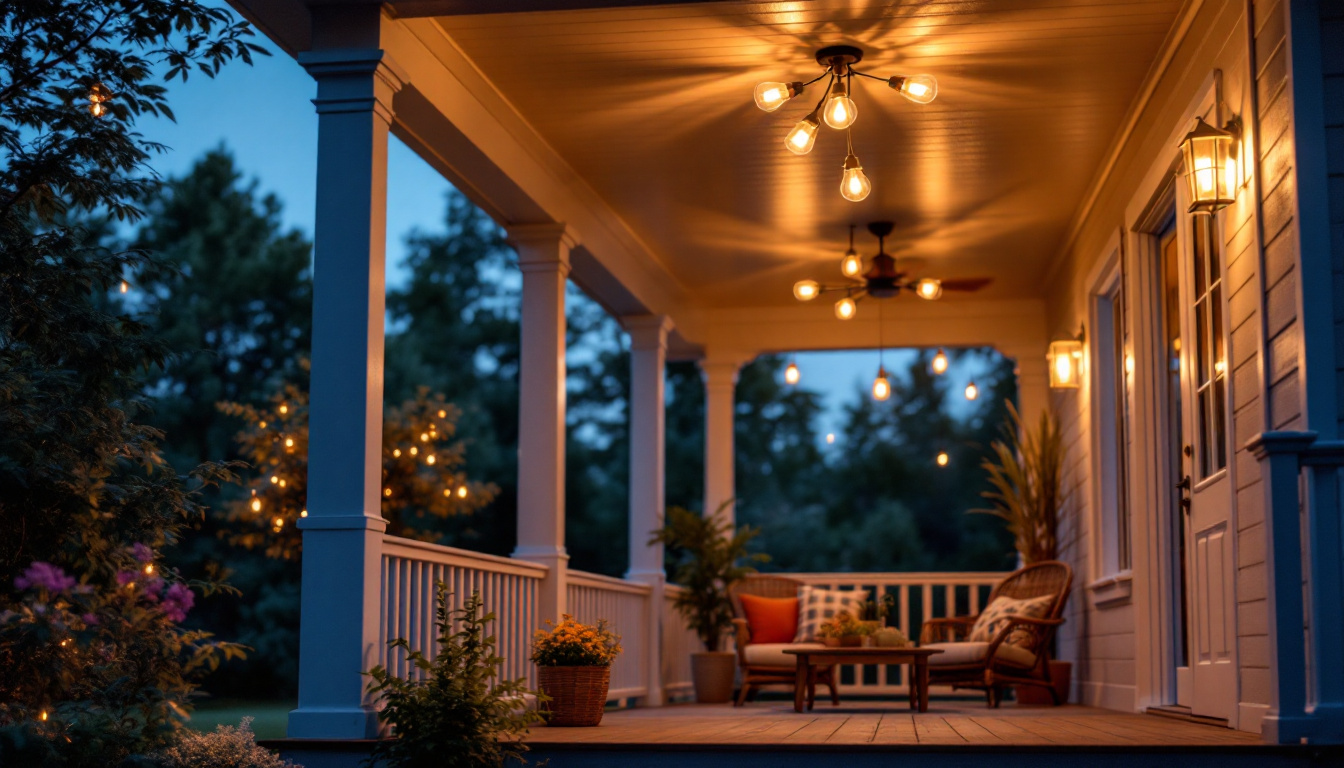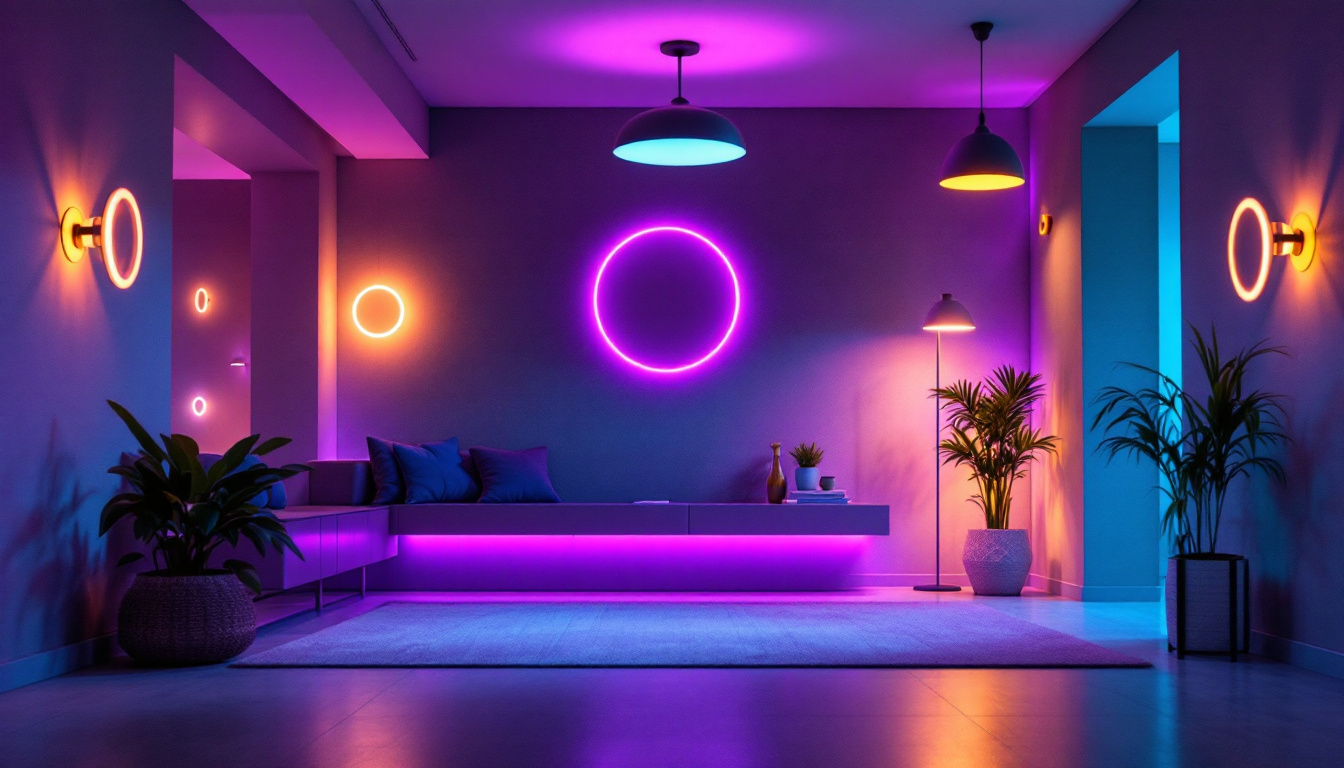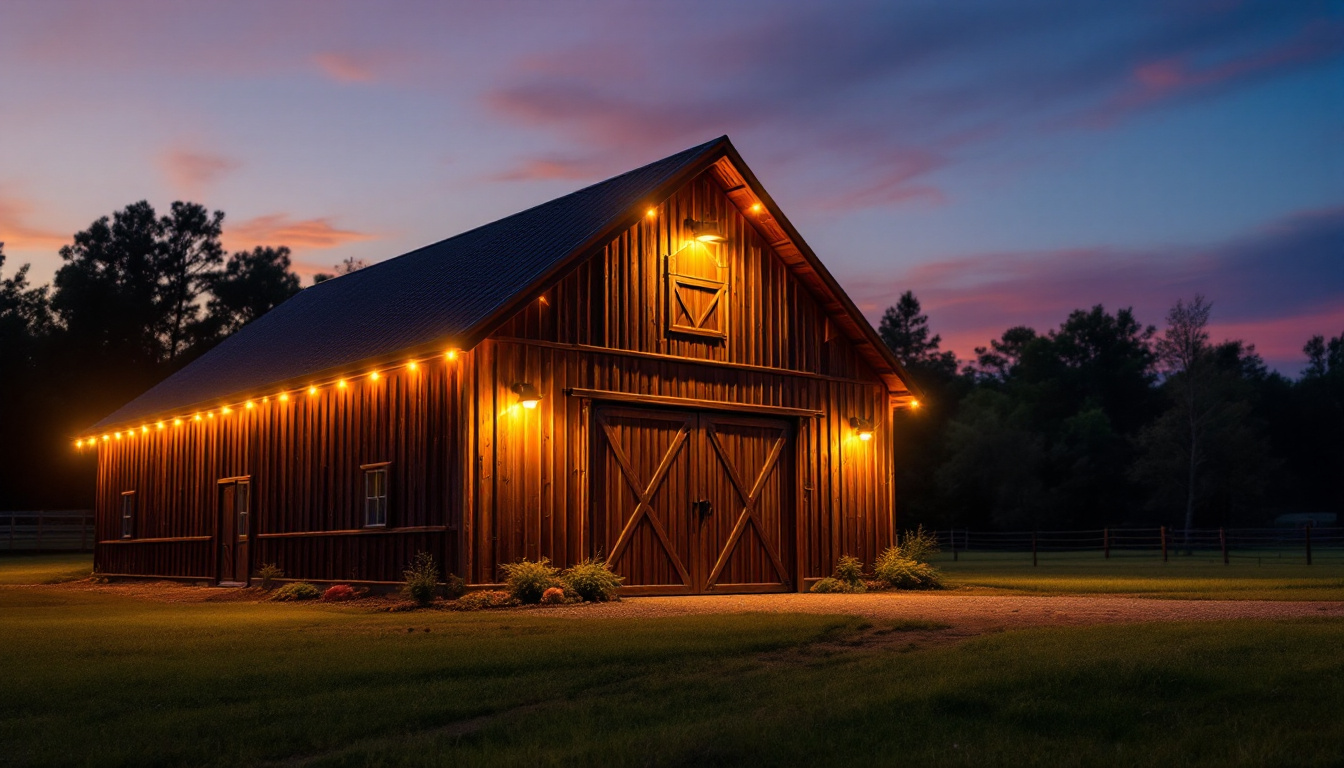
In the ever-evolving world of lighting, LED technology has emerged as a game-changer. As lighting contractors, understanding how to effectively choose and implement LED solutions is essential for delivering high-quality results to clients. This guide will explore the key considerations when selecting LED products, ensuring optimal performance and satisfaction.
LED, or Light Emitting Diode, represents a significant advancement in lighting technology. Unlike traditional incandescent or fluorescent bulbs, LEDs convert electrical energy directly into light, resulting in higher efficiency and longer lifespans.
One of the primary advantages of LEDs is their energy efficiency. They consume significantly less power than traditional lighting solutions, which can lead to substantial cost savings over time. Additionally, LEDs have a lifespan that can exceed 25,000 hours, reducing the frequency of replacements and maintenance. This longevity not only benefits consumers financially but also contributes to a decrease in waste, making LEDs a more environmentally friendly option compared to their predecessors.
When selecting LED products, it’s crucial to understand the different types available. Common categories include:
In addition to these common types, there are also specialty LEDs designed for specific applications. For instance, horticultural LEDs are engineered to support plant growth by emitting light in the wavelengths most beneficial for photosynthesis. Similarly, RGB LEDs allow users to customize colors for mood lighting or events, providing endless possibilities for creativity in lighting design.
The color temperature of LED lights is measured in Kelvin (K) and can significantly affect the ambiance of a space. Warmer tones (2700K-3000K) create a cozy atmosphere, while cooler tones (4000K-5000K) promote alertness and focus.
Another critical factor is the Color Rendering Index (CRI), which measures how accurately a light source displays colors in comparison to natural light. A higher CRI (above 80) is preferable for environments where color accuracy is essential, such as art studios or retail spaces. In addition to CRI, the concept of luminous efficacy, which measures how much visible light is produced per watt of electricity consumed, is also important. High efficacy ratings mean that the light source is not only bright but also cost-effective, further enhancing the appeal of LED technology in both residential and commercial applications.
Not all LED products are created equal. When evaluating options, several criteria should be considered to ensure quality and performance.
energy efficiency is a key selling point for LED products. Look for the Energy Star label, which indicates that the product meets strict efficiency guidelines set by the U.S. Environmental Protection Agency. This label not only assures quality but can also help clients save on energy bills. Additionally, consider the product’s lifespan, as many LED lights can last up to 25,000 hours or more, significantly reducing the frequency of replacements and the environmental impact associated with manufacturing and disposing of lighting products.
Understanding the relationship between wattage and lumens is crucial for selecting the right LED products. While wattage indicates energy consumption, lumens measure brightness. For example, a 10-watt LED bulb can produce the same amount of light as a 60-watt incandescent bulb, showcasing the efficiency of LED technology. Furthermore, it’s important to consider the color temperature of the light emitted, which is measured in Kelvins (K). Warmer tones, around 2700K to 3000K, create a cozy atmosphere ideal for living spaces, while cooler tones, ranging from 4000K to 5000K, are better suited for work environments where alertness and focus are paramount.
Proper installation is vital for maximizing the benefits of LED lighting. Lighting contractors should be aware of various factors that can impact the effectiveness and longevity of LED systems. A well-planned installation not only enhances the aesthetic appeal of a space but also ensures energy efficiency, which can lead to significant cost savings over time. Understanding the specific needs of each environment, whether residential or commercial, is crucial for achieving optimal results.
LEDs generate less heat than traditional bulbs, but they still require adequate heat management to maintain performance. Ensure that fixtures are designed to dissipate heat effectively, as excessive heat can shorten the lifespan of LEDs. Proper ventilation around the lighting fixtures can also play a critical role in heat dissipation. In environments where LEDs are used extensively, such as in retail spaces or art galleries, incorporating heat sinks or fans can further enhance performance and reliability, ensuring that the lighting remains consistent and effective over time.
Many clients desire the ability to control the brightness of their lighting. However, not all LED products are compatible with existing dimming systems. It’s essential to verify compatibility before installation to avoid flickering or reduced performance. Additionally, educating clients about the benefits of using compatible dimmable LEDs can enhance their overall experience. For instance, using advanced dimming systems can not only improve energy efficiency but also create dynamic lighting environments that can be adjusted for different occasions, from bright and vibrant settings for events to soft and ambient lighting for relaxation. Furthermore, exploring smart dimming solutions that integrate with home automation systems can provide clients with even greater control over their lighting, allowing for customized settings that suit their lifestyle and preferences.
While the initial cost of LED products may be higher than traditional lighting options, the long-term savings often justify the investment. Lighting contractors should educate clients on the total cost of ownership, which includes energy savings, reduced maintenance, and longer lifespans. For instance, LEDs can last up to 25,000 hours or more, significantly outpacing incandescent bulbs, which typically last about 1,000 hours. This longevity not only minimizes the frequency of replacements but also reduces the labor costs associated with changing bulbs, making LEDs a more economical choice over time.
When budgeting for LED projects, it’s important to consider not only the cost of the products but also installation expenses and potential savings. Providing clients with a detailed breakdown can help them understand the value of their investment. Additionally, it’s beneficial to factor in the potential for increased property value that can come from energy-efficient upgrades. Properties equipped with modern, efficient lighting systems often attract higher rental or resale prices, as energy efficiency becomes a priority for many buyers and tenants.
Many regions offer incentives or rebates for energy-efficient upgrades, including LED installations. Contractors should stay informed about available programs to help clients take advantage of these opportunities, further reducing costs. These incentives can vary widely, from federal tax credits to local utility company rebates, and can significantly offset the initial investment. Furthermore, some states have implemented energy efficiency programs that not only encourage the adoption of LEDs but also provide funding for educational workshops or consultations, enabling contractors to better inform their clients about the benefits and savings associated with LED technology.
Staying updated on the latest trends in LED lighting can give contractors a competitive edge. The market is continuously evolving, with new technologies and designs emerging regularly. As energy efficiency becomes a priority for both consumers and businesses, LED lighting solutions are at the forefront, offering not just sustainability but also innovative features that enhance user experience.
Smart lighting systems are becoming increasingly popular, allowing users to control their lighting remotely via smartphones or voice-activated devices. These systems often integrate with home automation setups, providing enhanced convenience and energy management. With the ability to schedule lighting, adjust brightness, and even change colors based on mood or activity, smart lighting is transforming how we interact with our environments. Moreover, many of these systems can provide energy usage reports, helping users to monitor their consumption and make informed decisions about their lighting needs.
Human-centric lighting focuses on creating environments that support human health and well-being. This approach considers factors such as circadian rhythms, using adjustable color temperatures to mimic natural light throughout the day, which can improve mood and productivity. Research has shown that exposure to natural light can enhance cognitive function and emotional stability, making human-centric lighting an essential consideration in workplaces, schools, and healthcare facilities. Additionally, advancements in LED technology are enabling more precise control over light quality, allowing for tailored solutions that meet the specific needs of different spaces and their occupants.
Furthermore, the integration of sensors in human-centric lighting systems can automatically adjust light levels based on the time of day or the presence of individuals in a room. This not only enhances comfort but also contributes to energy savings by ensuring that lights are only on when needed. As awareness of the impact of lighting on health grows, we can expect to see an increasing demand for these innovative solutions, pushing manufacturers to develop even more sophisticated products that prioritize user well-being.
To ensure successful LED installations and satisfied clients, lighting contractors should adhere to several best practices.
Before recommending LED solutions, conducting thorough site assessments is essential. Understanding the specific needs of the space, including existing lighting conditions and client preferences, will inform the best choices for LED products.
Clients may have questions or concerns about transitioning to LED lighting. Providing education about the benefits, maintenance, and operation of LED systems can foster trust and confidence in the contractor’s expertise.
Choosing the right LED products is a critical aspect of a lighting contractor’s role. By understanding the technology, evaluating products carefully, and staying informed about industry trends, contractors can deliver exceptional lighting solutions that meet client needs and exceed expectations.
As the demand for energy-efficient and sustainable lighting continues to grow, embracing LED technology will not only enhance project outcomes but also position contractors as leaders in the field. By following the guidelines outlined in this article, lighting contractors can navigate the complexities of LED selection and installation with confidence.
Ready to elevate your lighting game? Choose LumenWholesale for all your LED needs and join the ranks of satisfied contractors who trust our top-quality, spec-grade lighting products. With unbeatable wholesale prices and a commitment to cutting out the middleman, we ensure you get the most value for your investment. Our extensive selection is designed to meet the highest industry standards, so you can deliver reliable, high-performance lighting in every project. Plus, with free shipping on bulk orders, you can enjoy premium lighting solutions at the best price, without any hidden fees. Don’t compromise on quality, affordability, or convenience. Click now to explore our range and secure the Wholesale Lighting at the Best Value for your next project.

Discover innovative cost-saving strategies for lighting contractors from leading LED light manufacturers.

Discover how lighting contractors can enhance their business by mastering the installation of outdoor ceiling porch lights.

Discover the transformative impact of LED lighting fixtures in the modern lighting industry.

Discover essential tips and insights for lighting contractors on selecting and installing LED barn lights.